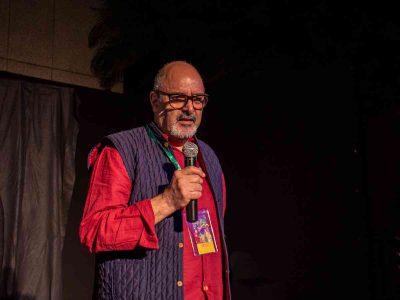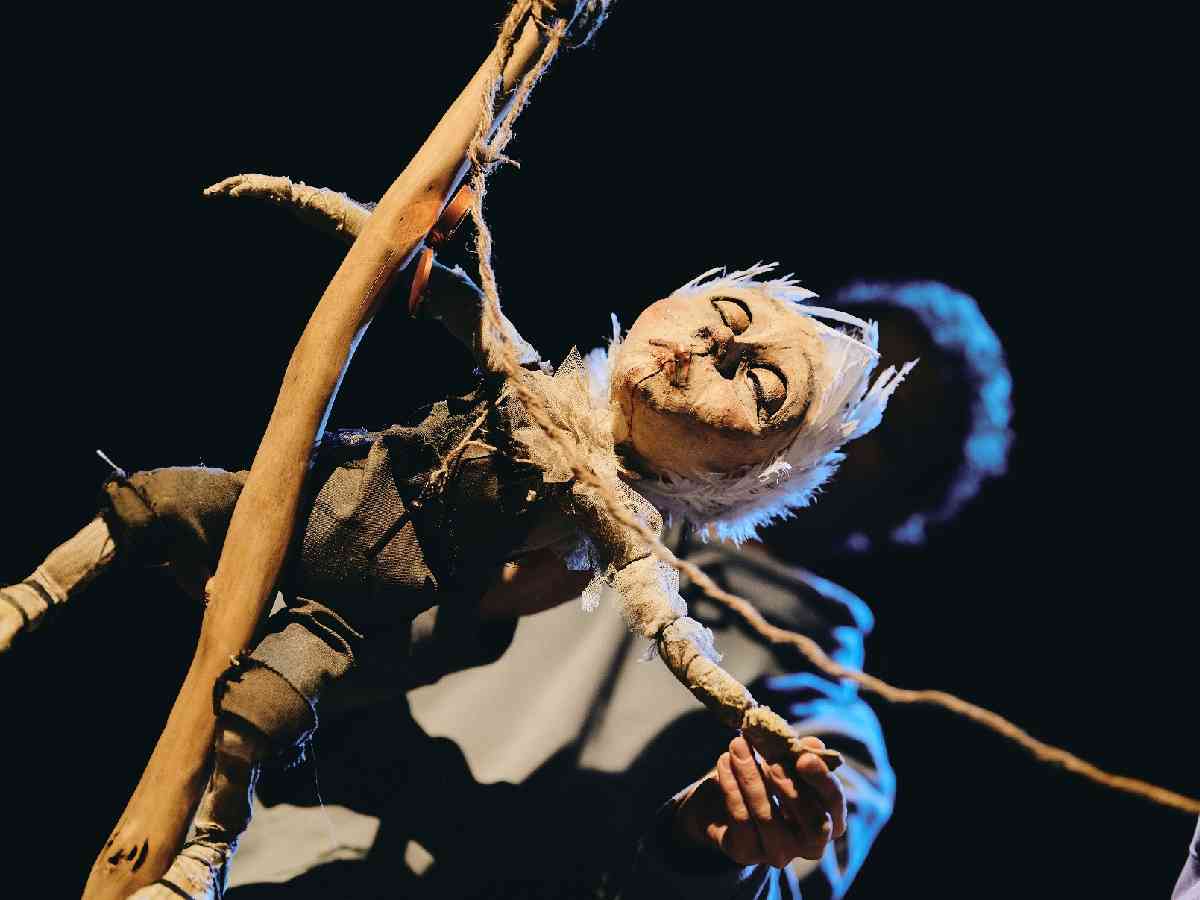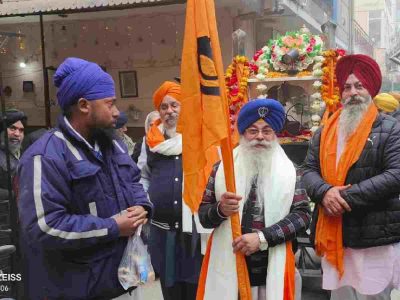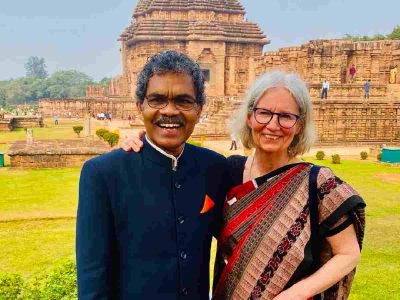Delhi: For over two decades, the Ishara International Puppet Theatre Festival has captivated audiences, uniting puppetry traditions from across the world. The 21st edition of the festival, running from February 21 to March 2 at the India Habitat Centre, offers a multicultural spectacle featuring world-class puppetry performances, live entertainment, and artistic brilliance.
With an array of spellbinding acts, the festival is an unmissable event for theatre enthusiasts, art lovers, and families alike. Festival Director Dadi D Pudumjee shares what makes this year’s showcase particularly special.
“The focus this year is Italy,” Pudumjee reveals. “We have three Italian groups, thanks to the support of the Italian Cultural Centre. Additionally, the Polish Institute and ACE, a Spanish organisation, have helped bring performers from their respective countries. It’s a collective effort to ensure diverse puppetry traditions reach Indian audiences.”
A global showcase of puppetry
Beyond Italy, the festival boasts a truly international lineup. “Mexico has come on its own, while Poland presents a visually spectacular performance titled Sea of Possibilities,” Pudumjee says. “Each group brings its own essence—Italian puppetry spans from traditional Neapolitan glove puppets to modern humanettes, while Spain’s act is deceptively simple yet deeply creative, using hands to tell the story of life from childhood to old age.”
With a legacy spanning 21 years, the festival has become one of Delhi’s most anticipated cultural events, appealing to audiences across generations. “It’s possibly the only festival in Delhi that caters to both children and adults,” Pudumjee notes. “We started in 2001 with tickets priced at just 10–20 rupees in the basement of the Stein Auditorium. Today, demand remains strong, even as ticket prices have adjusted.”
Despite financial challenges, the festival continues to thrive. “We don’t have big ad budgets or major sponsors, but what
Puppetry in the digital age
Puppetry is a time-honoured art form, but does it still hold relevance in an era dominated by artificial intelligence and digital media? “Post-COVID, there has been a renewed interest,” Pudumjee says. “At a recent talk at the Amarnath Sehgal Museum, someone asked me about puppetry’s place in the age of AI. My answer? This art form continues to thrive because it is live, tangible, and deeply human.”
Technology, however, is not ignored. “There are already experiments with virtual reality and shadow puppetry,” Pudumjee explains. “Animatronics and robotics are also becoming part of the landscape. One of our own, Prasun Basu from the National Institute of Design, is doing fantastic work in Bollywood, creating animatronic creatures that were once imported but are now made in India.”
A festival built on collaboration
Much of the festival’s success is attributed to long-standing partnerships, particularly with Sanjoy K Roy and Teamwork Arts. “The festival wouldn’t happen without Teamwork Arts,” Pudumjee acknowledges. “They handle production, scheduling, and logistics. I first met Sanjoy in the early ’80s at Shri Ram Centre, and over time, we built this festival together.”
“Since its inception in 2001, the festival has been a beacon for puppetry arts, bringing global puppeteers together to share their narratives, traditions, and craft. The event not only celebrates this ancient art form but also fosters cross-cultural understanding and artistic appreciation,” says Sanjoy K Roy, Managing Director of Teamwork Arts and Producer of the Festival.

Beyond the festival, Ishara remains active throughout the year. “We conduct training workshops and collaborate with institutions like the Crafts Museum, which recently restored and exhibited its puppetry collection,” Pudumjee shares. “Regional outreach is also growing—last year, two shows went to Tripura, and this year, Bardhaman in Bengal will host performances.”
The Chandigarh administration has also been a consistent supporter. “For the past nine years, they have hosted five shows annually, making it a fixture in their cultural calendar,” he adds.
As puppetry continues to evolve, Pudumjee remains optimistic about its future. “Every year brings new collaborations, new stories, and new techniques. Puppetry is not just about nostalgia—it’s a living, breathing art form that continues to captivate,” he says.
Also Read: Jasu Khan: Reviving Rajasthani folk songs for global audience
With its blend of heritage and innovation, the 21st Ishara International Puppet Theatre Festival promises to be a cultural spectacle like no other. This year’s lineup once again pushes artistic boundaries, offering something unique for audiences of all ages. For those seeking magic beyond the screen, there is no better place to find it than in the hands of a master puppeteer.





